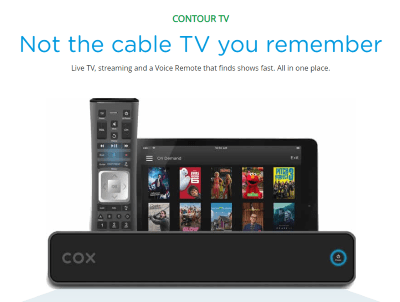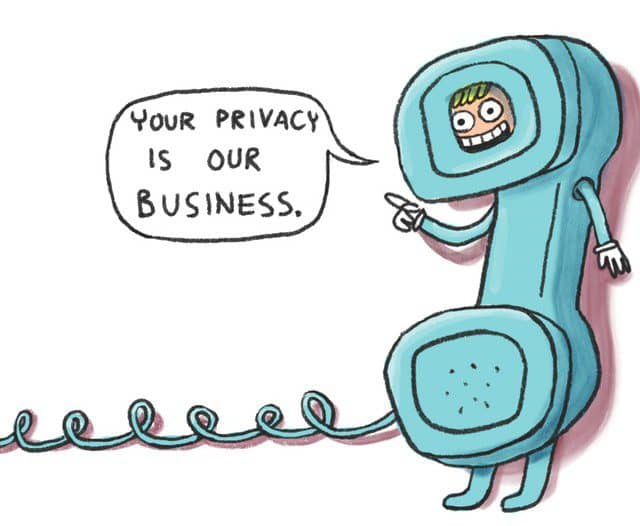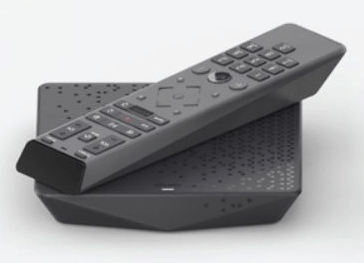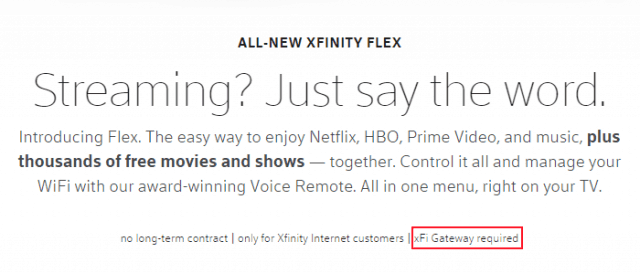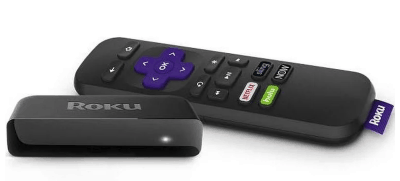 As AT&T continues to build out its fiber to the home network in its landline service areas, the company estimates it could achieve 50% market penetration by 2023, triggering a growing wave of consumers dropping cable in search of a better deal.
As AT&T continues to build out its fiber to the home network in its landline service areas, the company estimates it could achieve 50% market penetration by 2023, triggering a growing wave of consumers dropping cable in search of a better deal.
Cowen, a research firm, issued a report to clients indicating if AT&T achieves its expansion goals, it will be a tough competitor to Comcast and Charter.
Both cable companies have pulled back on promotional and customer retention pricing in recent years, allowing customers to follow through on threats to disconnect service. AT&T Fiber is expected to be a frequent destination for those unhappy cable customers. As AT&T’s fiber network expands, it could eventually grab one million customers each from Comcast and Charter, as well as another 200,000 cancelling service with Altice’s Suddenlink.
If the estimates prove accurate, the costs to earnings will be considerable — Comcast will lose around $1.1 billion, Charter $885 million, and Altice $162 million.
AT&T claims it has expanded fiber to the home service to three million homes each of the last two years. It plans to continue expanding fiber buildouts for an additional three years, wiring up communities where a return on investment can be achieved.
To stem customer losses, the cable industry will likely have to relent on pricing and promotions in areas where AT&T Fiber already provides competitive service.
The cable industry has enjoyed a strong speed advantage over most phone companies for the last few years as nearly 100% of cable operators now offer gigabit download speed. In contrast, phone companies are offering gigabit speed in only about 25% of their footprint, with many telco service areas still stuck with low-speed DSL, often unable to achieve the FCC’s minimum broadband speed of 25 Mbps.


 Subscribe
Subscribe